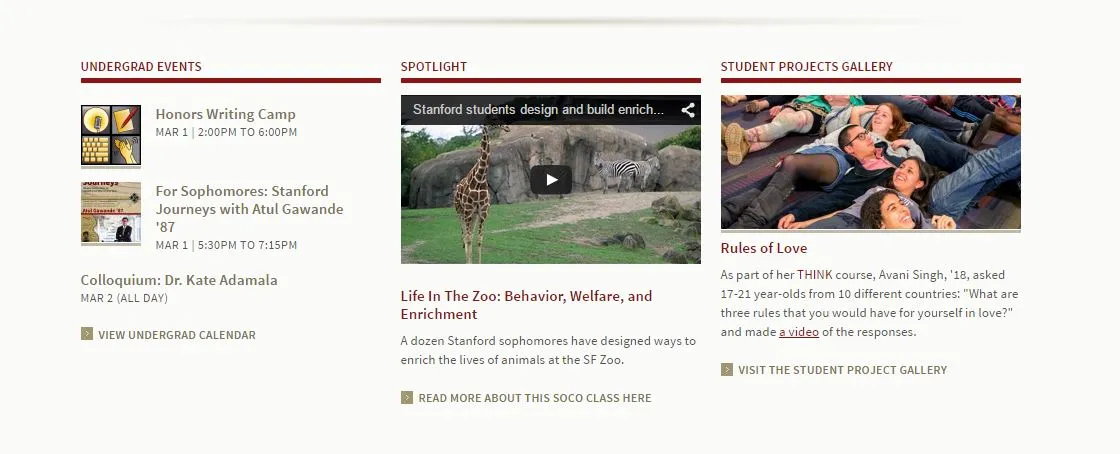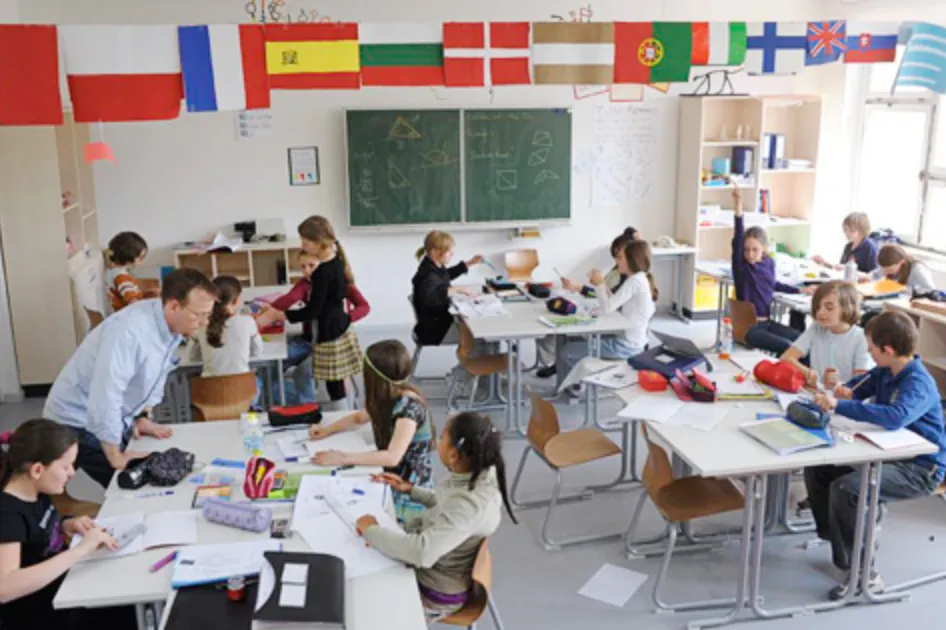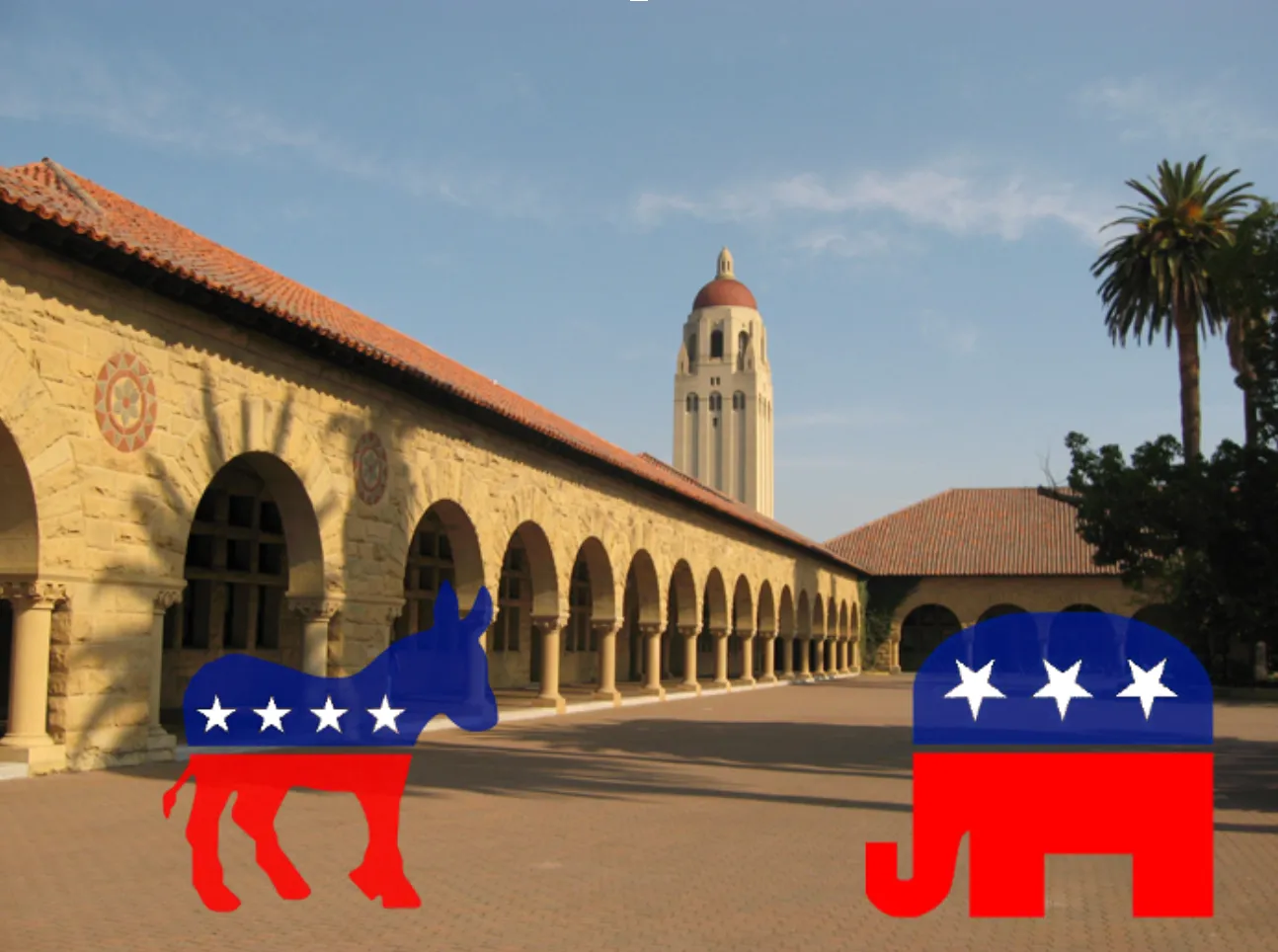Table of Contents
In mid-February, the House Education and Workforce Committee, headed by Representative John Kline (R-MN) passed a bill hoping to reauthorize the No Child Left Behind Act. Under NCLB, a 2001 law designed to promote equal access to education, public schools must administer standardized assessments. Test scores ensure students are academically competent and affect the federal funding the school receives. Every student in the 100,000 public schools across the country is tested; students take math and reading tests annually from third grade to eighth and once during high school. If students do not meet the standard, teachers could lose their jobs, and schools could lose their federal funding.
The number, type, and consequences of the NCLB exams encourages a teach-to-the-test mentality. Assistant Secretary of Education Diane Ravitch believes that the tests have such high stakes for both teachers and schools that educators have written the tests solely so they assess rote memorization.. She argues, “by putting so much emphasis on test scores”, many states have ‘dumbed down’ their tests or changed the scoring of their tests to say that more kids are passing than actually are,” she says. Rote memorization is a way of “dumbing down” the tests. A test that is dependent on memorization means that teachers can utilize an unoriginal formula- teach relevant information and have the students memorize it- in order to ensure students succeed, and, subsequently, that teachers retain their jobs and the school receives federal funding.
Universities like Stanford, however, emphasize and even highlight students who take their learning outside of the classroom. In February, the Stanford undergraduate home page featured both a video showing a Sophomore College class improving the lives of three species in the San Francisco Zoo and a freshman’s original project interviewing her peers about love. Both projects – group and individual – showcase creativity and innovation. The topics studied, such as animal behavior and cross-cultural ideas of love, inspired these students to such an extent that they wanted to continue learning outside the four-walled classroom. As a result, they brainstormed original and innovative solutions and projects and contributed to the world, whether by improving the lives of animals or by teaching others that love has a fluid definition.
Stanford also encourages up this connection between innovation and application in a class called “MS&E 177: Engineering Innovation”. The class promises that students will “learn how creative problem solving is deployed across engineering fields and [will] expand their own creative problem solving skills with virtual reality experiences that stretch their imagination”. Like the classes featured on Stanford’s undergraduate home page, “Engineering Innovation” allows students a chance to be innovative and creative not just in the classroom but also in “virtual reality experiences” so that students are able to apply their knowledge to real-world situation.
Stanford’s current graduation requirements range from “Scientific Method and Analysis”, to “Social Inquiry” so that students learn to apply innovative thinking to different subjects. Past and present teachers complain that NCLB tests do not encourage that breadth of knowledge; rather they focus only on math and reading proficiency. As a result, the funding, classroom time, and resources dedicated to other subjects, such as art, physical education, history and social studies, and even science, has decreased. Different public schools deal with these problems in different ways; one may cut down science programs while another may eliminate art classes. Students coming from schools who follow the NCLB guidelines might not have the foundational knowledge, experience, or even exposure needed to succeed in classes required for college graduation.
Though the intention of NCLB is to provide students equal access to education, an admirable goal, the current NCLB curriculum does not achieve that goal. It does not allow public students the same access to certain classes or assignments requiring creativity and innovation as their peers from other schools. Rather the test-centric curriculum may instills a mindset that learning is over and success has been achieved after they turn in tests seemingly assessing only their memorization skills. This idea then leaves public school students at a disadvantage when they study at, or even apply to, schools like Stanford. The curriculum also creates a discrepancy in knowledge both between students in public and private schools and between students in two separate public school systems depending on how the school changes its curriculum to ensure its students are successful on the NCLB tests. While this reworking may help students achieve good scores on the NCLB tests, it does not help them prepare for or succeed in institutions of higher learning, like at Stanford. Unlike NCLB, Stanford focuses on breadth of knowledge, respects creative thinking, and highlights intellectual curiosity. In other words, Stanford measures success not necessarily by a right answer but by an ability to think outside the multiple-choice bubble.








